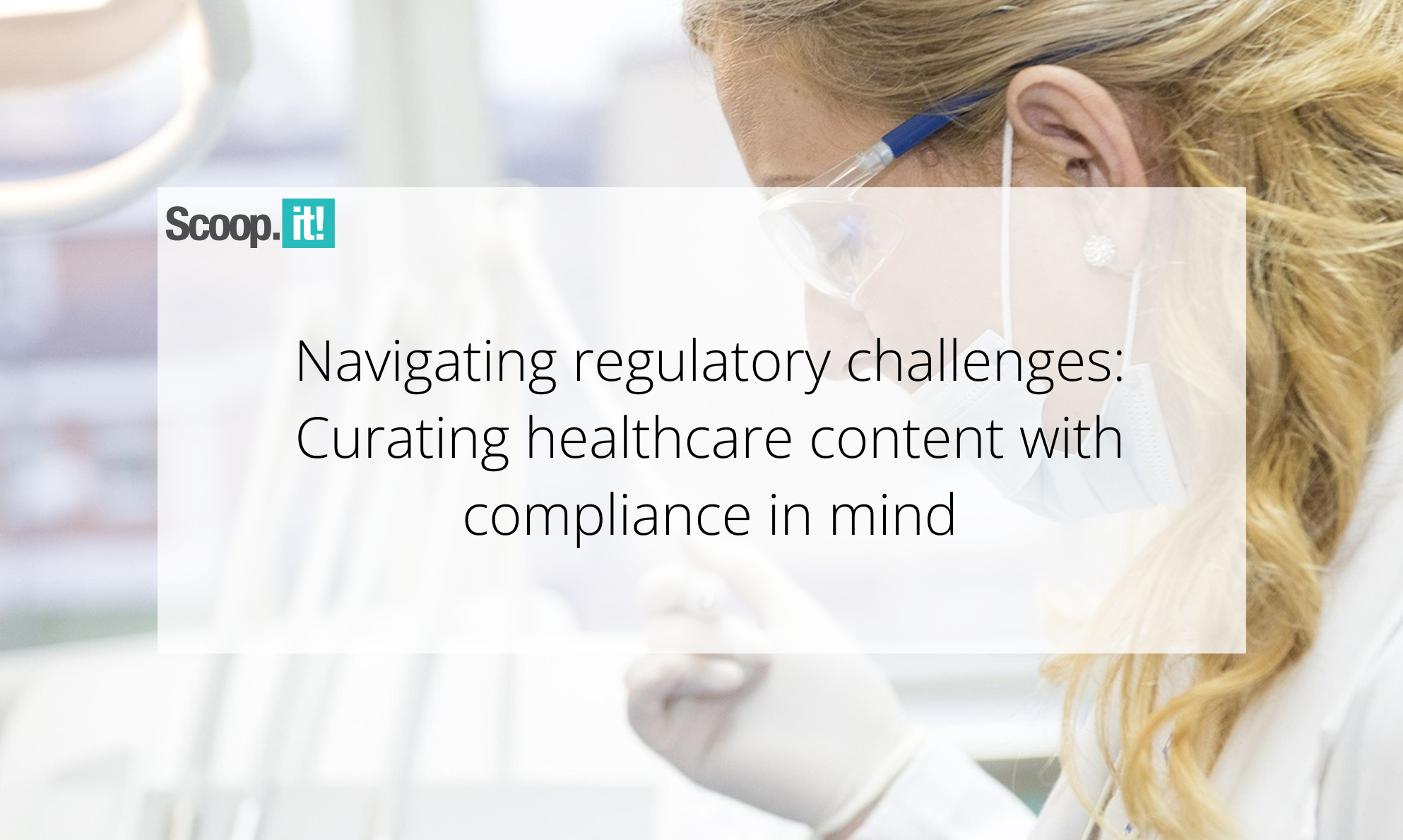Generative AI is finding fertile soil in the healthcare industry
Welcome to AI Decoded, Fast Company’s weekly newsletter that breaks down the most important news in the world of AI. You can sign up to receive this newsletter every week here. Bringing AI to the doctor’s appointment AI in healthcare is top of mind this week, thanks to a viral story on Reddit about a man who said ChatGPT saved his wife’s life. She had undergone a cyst removal and wasn’t feeling well, but was on an antibiotic and decided to “wait it out.” After the man described her symptoms to ChatGPT, the chatbot advised him to take his wife to the ER. He did—and likely saved her life. Doctors diagnosed her with sepsis. Stories like these aren’t new. Over the past year, we’ve seen a number of “ChatGPT-saved-my-life” anecdotes popping up online. Meanwhile, two-thirds of doctors now reportedly use ChatGPT to help them home in on a diagnosis, often with good results. The models powering ChatGPT are trained on medical textbooks, research journal articles, medical guidelines, and health websites such as WebMD. That training gives them broad knowledge of anatomy, diseases, symptoms, treatment options, and drug interactions. OpenAI also fine-tuned the models by using feedback from health professionals. While AI models—even highly specialized ones—can’t yet replace human doctors, researchers are working hard to improve their accuracy and reliability. AI is also having an immediate impact in clinical documentation—an area that’s long been a pain point for doctors. Many physicians—especially primary care doctors—spend an extra 90 minutes to three hours per day completing patient records. Combined with the pressure to see more patients, this contributes heavily to burnout. Increasingly, health systems are deploying “AI scribes” to ease this burden. Such tools can record a patient encounter and generate summaries for the electronic medical record (EMR). The Cleveland Clinic, for example, implements a clinical documentation and point-of-care coding solution from San Francisco-based Ambience. Using Ambience’s app (which itself is powered by OpenAI models), the clinician records a patient visit, reviews an AI-generated summary of everything discussed in the meeting (including the billing codes), then approves the notes for inclusion in the EMR. According to Cleveland Clinic’s chief digital officer Rohit Chandra, 4,000 of the organization’s physicians are already using the tool. “It makes their jobs a ton easier, and it makes the patient interactions a lot better because now patients actually engage with the doctor,” he says. Looking ahead, AI scribes could go far beyond basic documentation. Future versions may be able to document a medical exam with full contextual knowledge of the patient’s history (past problems and conditions, treatments, tests, and medications). “We believe that with some work and attention, AI will become smart enough to understand the fullness of a patient’s health journey, as opposed to just a discreet encounter,” Chandra says. For example, if a new condition arises during an exam, the AI might flag connections to prior complaints or lab results. It could help a physician prescribe new medications and guard against bad interactions in patients who may already be taking multiple drugs. The AI can also prepare a “pre-read” for the clinician: a summary of a patient’s current complaint—in the context of the individual’s past history—that a physician (who may have already seen 10 patients that day) can read outside the door of the exam room. “I’m hoping that we can keep building on the success that we’ve had so far to literally drive the documentation burden to zero,” Chandra says. “If we do that well, we should eliminate a huge handicap that currently sits around our doctors, and we can bring the joy back to caregiving—that’s a literal quote from a doctor.” And with so much promise for easing physician burnout and improving patient care, investors are taking note. Ambience raised a $70 million B round in February 2024, co-led by Kleiner Perkins and OpenAI’s Startup Fund, reportedly putting its valuation at $1 billion. Ambience competes with Abridge, which performs a similar function of transcribing physician-patient conversations. Like Ambience, it has an integration with the popular Epic electronic medical records platform. Abridge recently raised $300 million in a Series E funding at a $5.3 billion valuation. Health AI may have a breakout star in OpenEvidence The healthcare industry moves very slowly, until it doesn’t. A company called OpenEvidence is tackling clinical decision support—one of the most challenging areas in medicine—and appears so far to be winning over doctors at an impressive pace. In February, the Cambridge, Massachusetts-based company reported that 250,000 U.S. doctors were already using its product, and by mid-June the number had climbed to 350,000. Some industry observers say it’s the fastest-growing platform for physicians in history
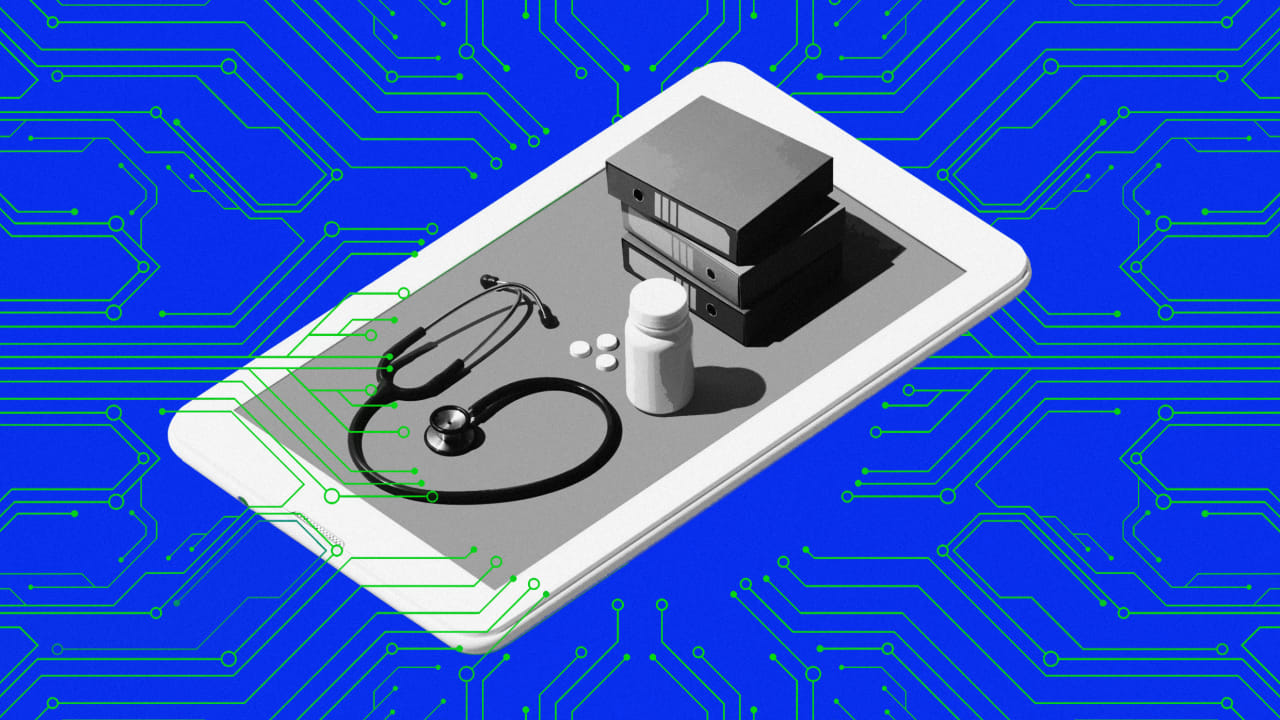
Welcome to AI Decoded, Fast Company’s weekly newsletter that breaks down the most important news in the world of AI. You can sign up to receive this newsletter every week here.
Bringing AI to the doctor’s appointment
AI in healthcare is top of mind this week, thanks to a viral story on Reddit about a man who said ChatGPT saved his wife’s life. She had undergone a cyst removal and wasn’t feeling well, but was on an antibiotic and decided to “wait it out.” After the man described her symptoms to ChatGPT, the chatbot advised him to take his wife to the ER. He did—and likely saved her life. Doctors diagnosed her with sepsis.
Stories like these aren’t new. Over the past year, we’ve seen a number of “ChatGPT-saved-my-life” anecdotes popping up online. Meanwhile, two-thirds of doctors now reportedly use ChatGPT to help them home in on a diagnosis, often with good results.
The models powering ChatGPT are trained on medical textbooks, research journal articles, medical guidelines, and health websites such as WebMD. That training gives them broad knowledge of anatomy, diseases, symptoms, treatment options, and drug interactions. OpenAI also fine-tuned the models by using feedback from health professionals. While AI models—even highly specialized ones—can’t yet replace human doctors, researchers are working hard to improve their accuracy and reliability.
AI is also having an immediate impact in clinical documentation—an area that’s long been a pain point for doctors. Many physicians—especially primary care doctors—spend an extra 90 minutes to three hours per day completing patient records. Combined with the pressure to see more patients, this contributes heavily to burnout.
Increasingly, health systems are deploying “AI scribes” to ease this burden. Such tools can record a patient encounter and generate summaries for the electronic medical record (EMR). The Cleveland Clinic, for example, implements a clinical documentation and point-of-care coding solution from San Francisco-based Ambience. Using Ambience’s app (which itself is powered by OpenAI models), the clinician records a patient visit, reviews an AI-generated summary of everything discussed in the meeting (including the billing codes), then approves the notes for inclusion in the EMR.
According to Cleveland Clinic’s chief digital officer Rohit Chandra, 4,000 of the organization’s physicians are already using the tool. “It makes their jobs a ton easier, and it makes the patient interactions a lot better because now patients actually engage with the doctor,” he says.
Looking ahead, AI scribes could go far beyond basic documentation. Future versions may be able to document a medical exam with full contextual knowledge of the patient’s history (past problems and conditions, treatments, tests, and medications). “We believe that with some work and attention, AI will become smart enough to understand the fullness of a patient’s health journey, as opposed to just a discreet encounter,” Chandra says.
For example, if a new condition arises during an exam, the AI might flag connections to prior complaints or lab results. It could help a physician prescribe new medications and guard against bad interactions in patients who may already be taking multiple drugs. The AI can also prepare a “pre-read” for the clinician: a summary of a patient’s current complaint—in the context of the individual’s past history—that a physician (who may have already seen 10 patients that day) can read outside the door of the exam room.
“I’m hoping that we can keep building on the success that we’ve had so far to literally drive the documentation burden to zero,” Chandra says. “If we do that well, we should eliminate a huge handicap that currently sits around our doctors, and we can bring the joy back to caregiving—that’s a literal quote from a doctor.”
And with so much promise for easing physician burnout and improving patient care, investors are taking note. Ambience raised a $70 million B round in February 2024, co-led by Kleiner Perkins and OpenAI’s Startup Fund, reportedly putting its valuation at $1 billion.
Ambience competes with Abridge, which performs a similar function of transcribing physician-patient conversations. Like Ambience, it has an integration with the popular Epic electronic medical records platform. Abridge recently raised $300 million in a Series E funding at a $5.3 billion valuation.
Health AI may have a breakout star in OpenEvidence
The healthcare industry moves very slowly, until it doesn’t. A company called OpenEvidence is tackling clinical decision support—one of the most challenging areas in medicine—and appears so far to be winning over doctors at an impressive pace. In February, the Cambridge, Massachusetts-based company reported that 250,000 U.S. doctors were already using its product, and by mid-June the number had climbed to 350,000. Some industry observers say it’s the fastest-growing platform for physicians in history. OpenEvidence recently closed a $75 million A round led by Sequoia Capital that pushed its valuation to $1 billion.
The product functions a bit like Perplexity, but for healthcare. It’s an AI-powered search tool, along with a chatbot, that lets doctors keep asking questions until they get what they need. Specifically, the tool locates evidence-based medical information from peer-reviewed journals, then summarizes it to answer a given question. The platform searches across 35 million medical publications, and recently announced a strategic partnership with The New England Journal of Medicine, giving it access to decades of premium medical content. OpenEvidence also recently signed a multiyear deal with the JAMA Network that provides its AI tool with access to content from the network’s 13 medical journals.
Unlike other platforms, OpenEvidence doesn’t rely on random health information found on the open web. The outputs are grounded in trusted medical literature, and if the literature is inconclusive, OpenEvidence simply doesn’t attempt an answer.
“One of the hardest things about being a doctor . . . is that they’re expected to keep up with a fire hose of medical information,” said OpenEvidence CEO Daniel Nadler in a recent podcast. “So this is really not appreciated by people who are not doctors, but there are two new medical papers published every minute, 24 hours per day.”
Hume AI’s emotionally intelligent models are finding new applications in eldercare and mental health
There’s growing evidence that, for many people using AI chatbots, one of the main attractions is companionship—often even a shoulder to cry on. For this to work well, a chatbot must have a reasonable amount of common sense (to help users keep their problems in perspective), but also strong emotional intelligence, especially empathy. New York-based Hume AI specializes in emotionally intelligent AI voice models. CEO Alan Cowen told me that these models enable a chatbot to detect the user’s emotional state and respond appropriately. The models can also speak and listen simultaneously, allowing the AI to fully process what the user is saying—and know when to stop talking and simply listen.
One of the most compelling applications of Hume AI’s emotionally intelligent AI voices is a smartphone app called EverFriends, which provides conversation and companionship to seniors struggling with isolation and loneliness. Grand Rapids-based EverFriends.ai, the app’s developer, believes it’s critical that the app can detect a user’s mood and adapt its tone and responses accordingly. For users with dementia, the app can slow down its speech and repeat its outputs when needed. Along with companionship, EverFriends can help older users remember to take medications, attend appointments, and do home health routines such as balance exercises. And the app can automatically send out an emergency alert to caregivers or family if something goes wrong.
Hume also supplies the EQ AI behind a platform called Hpy, which is used by therapists. The platform serves as a “scribe” by listening in on therapy sessions and generating comprehensive session notes, which cuts down on the time therapists must spend on documentation. While creating the notes, Hpy also draws on Hume’s Expression Measurement API to detect emotional cues in the client’s words—insights that may shape the therapist’s approach. Finally, Hpy uses Hume’s Empathic Voice Interface (EVI) to give clients an AI companion to talk to between sessions with the human therapist. Clients can have guided sessions with the AI voice to work on specific therapeutic goals, or just have an open conversation with the AI. The AI, in turn, is able to maintain a meaningful dialogue, thanks to its awareness of the client’s needs from earlier sessions.
More AI coverage from Fast Company:
- The AI baby boom is here. But can ChatGPT really raise a child?
- Anthropic’s AI copyright win is more complicated than it looks
- I’ve become an AI vibe coding convert
- Genesys wants agentic AI to make customer service less robotic
Want exclusive reporting and trend analysis on technology, business innovation, future of work, and design? Sign up for Fast Company Premium.




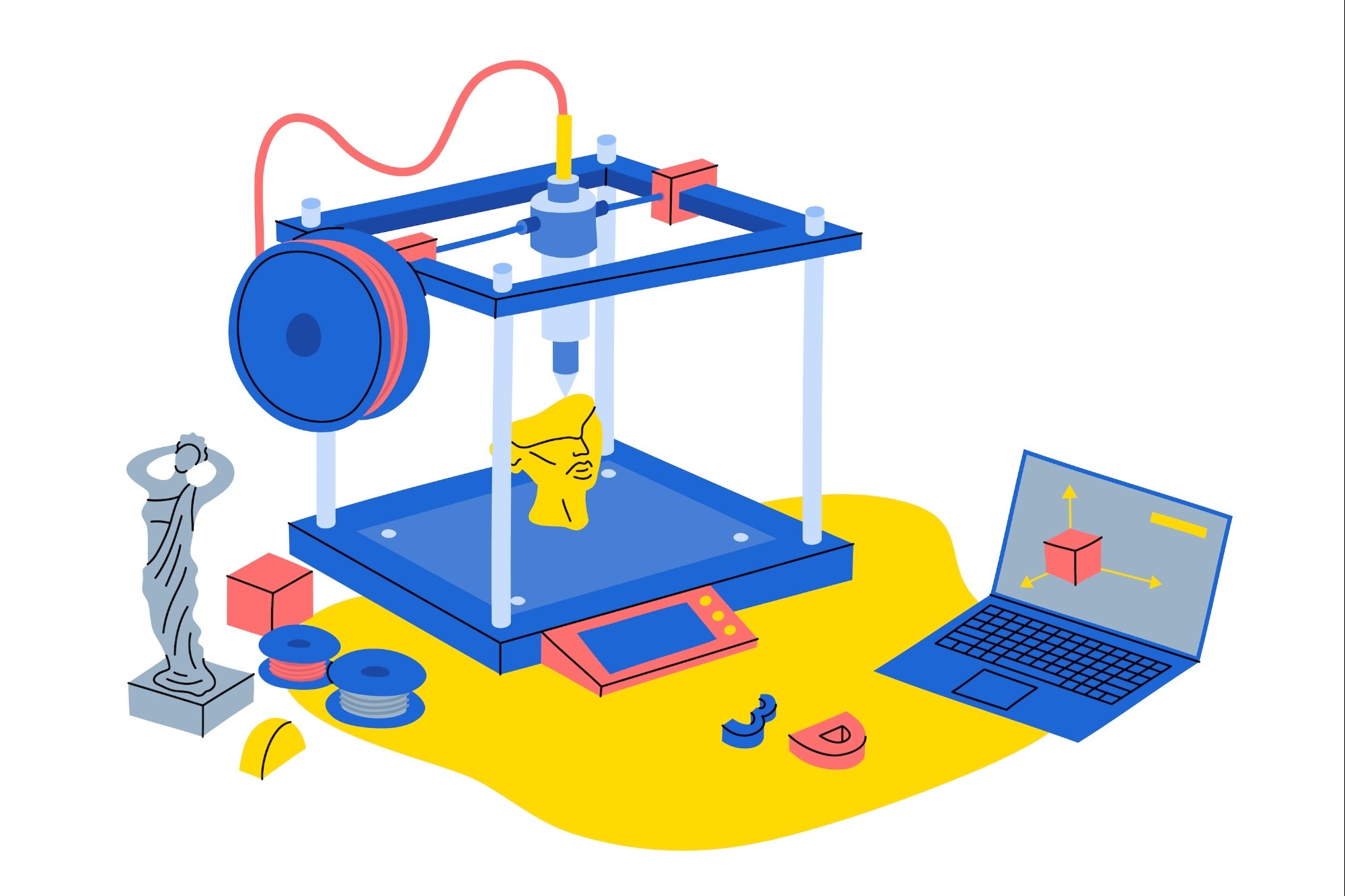



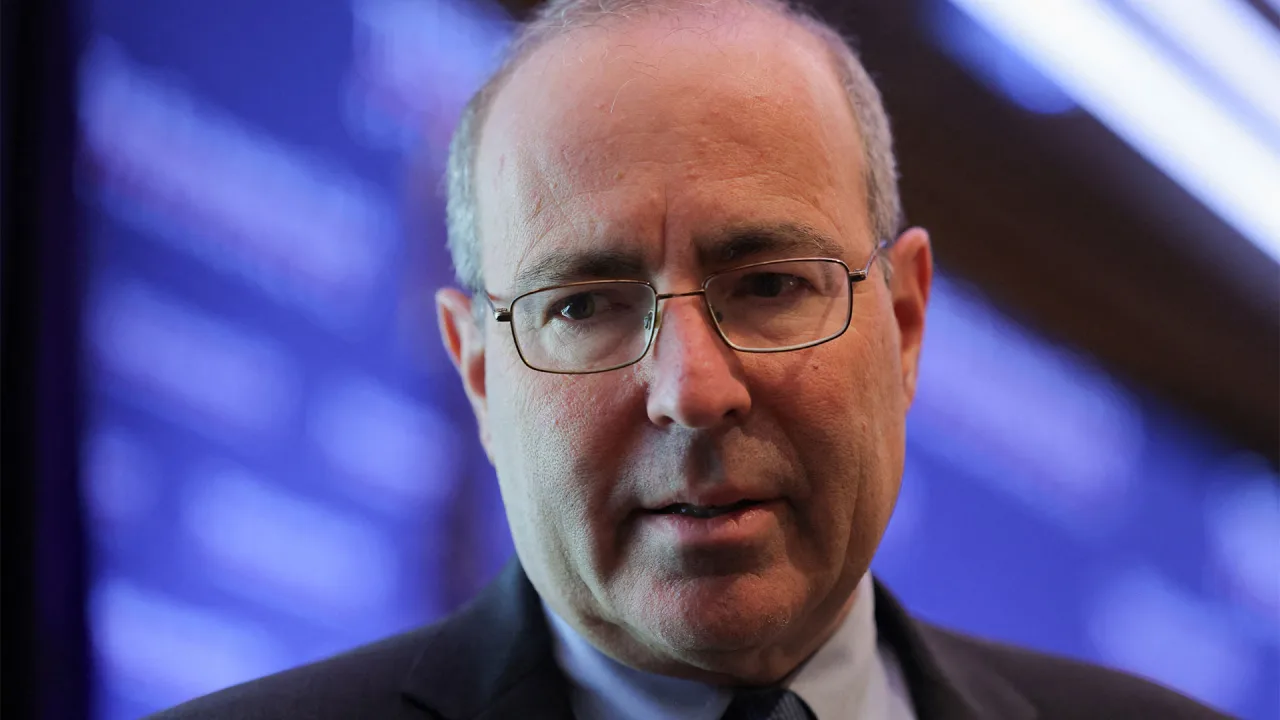





























































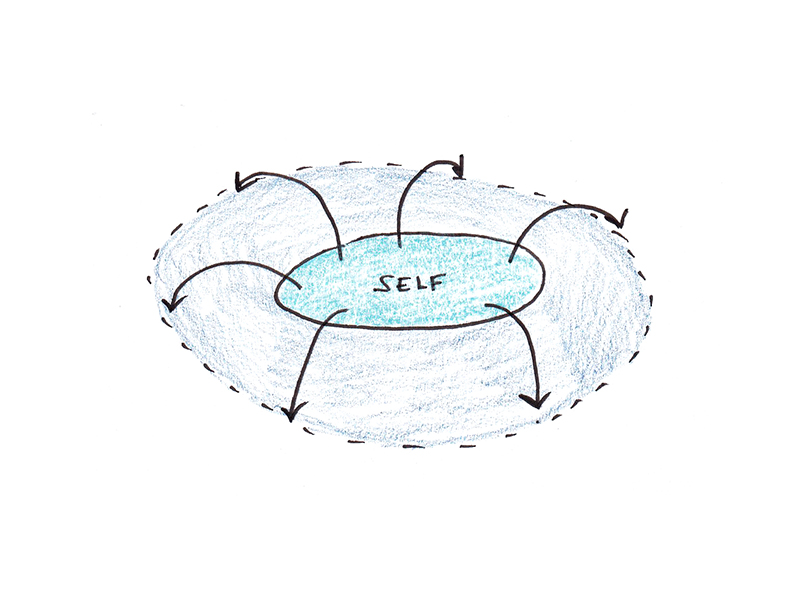
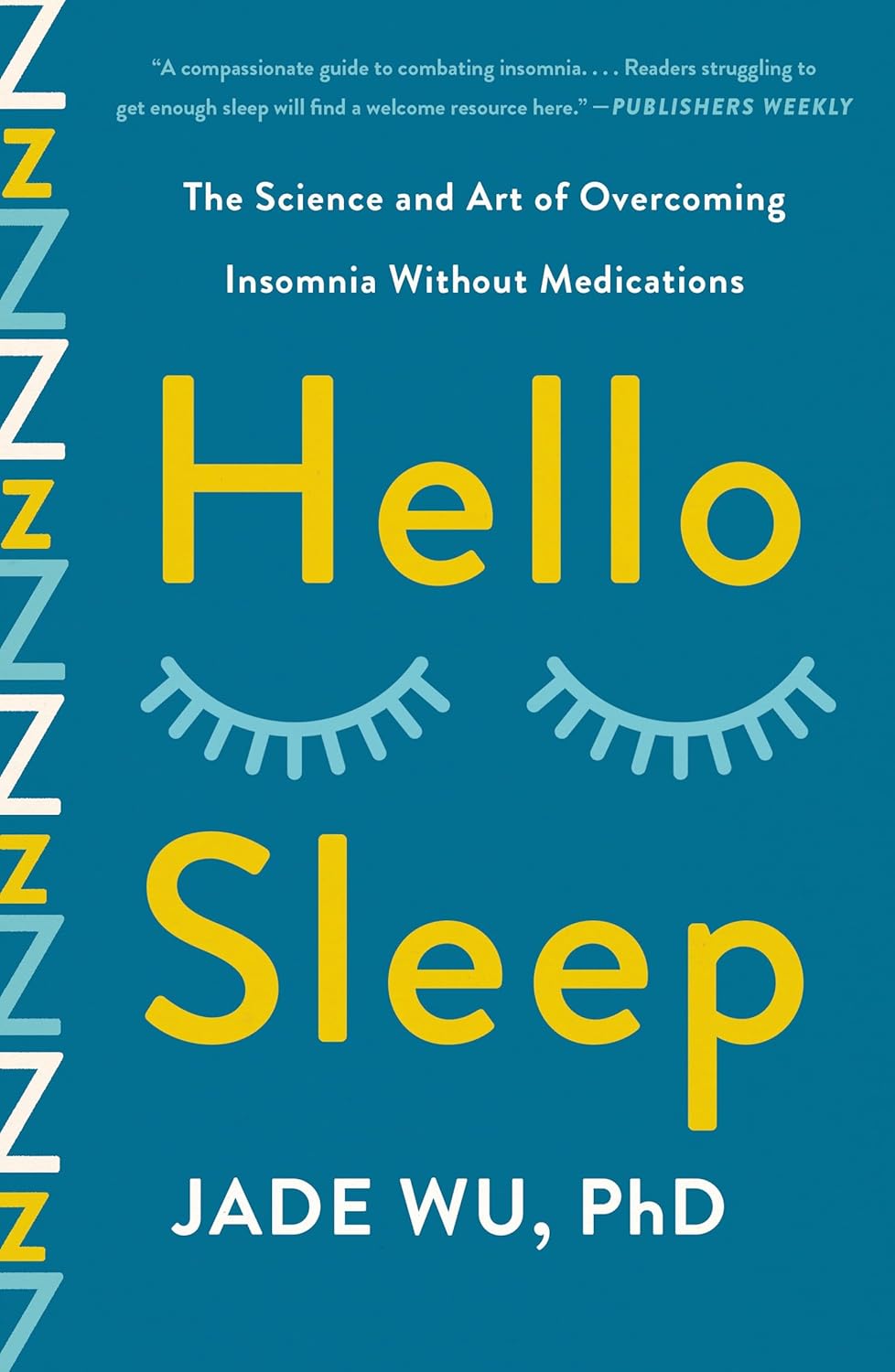




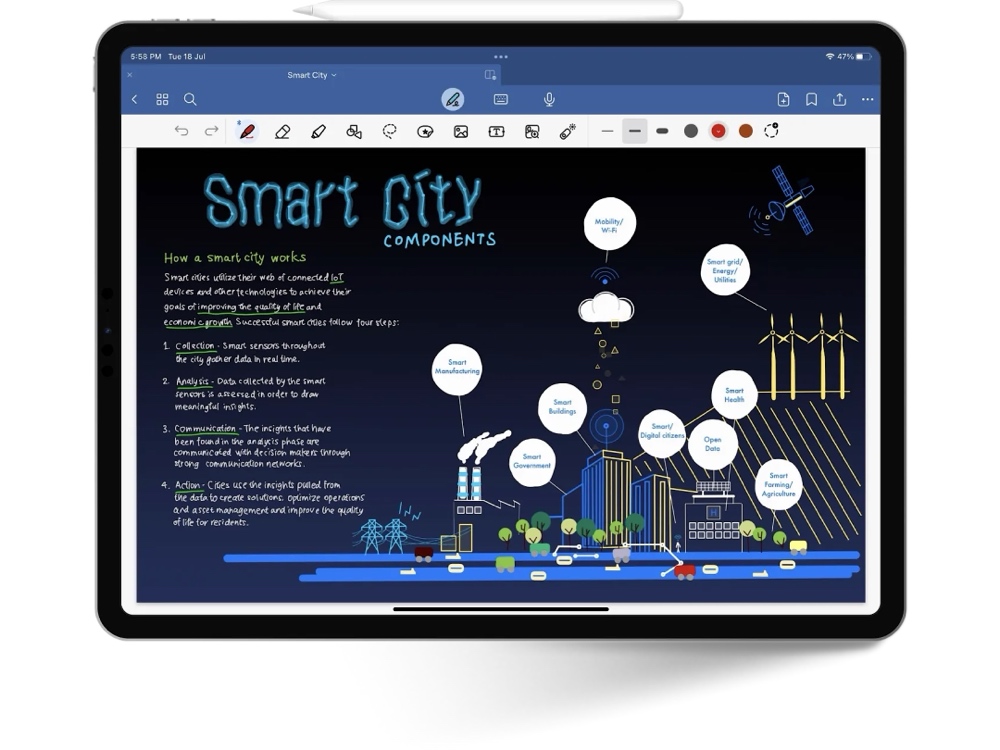

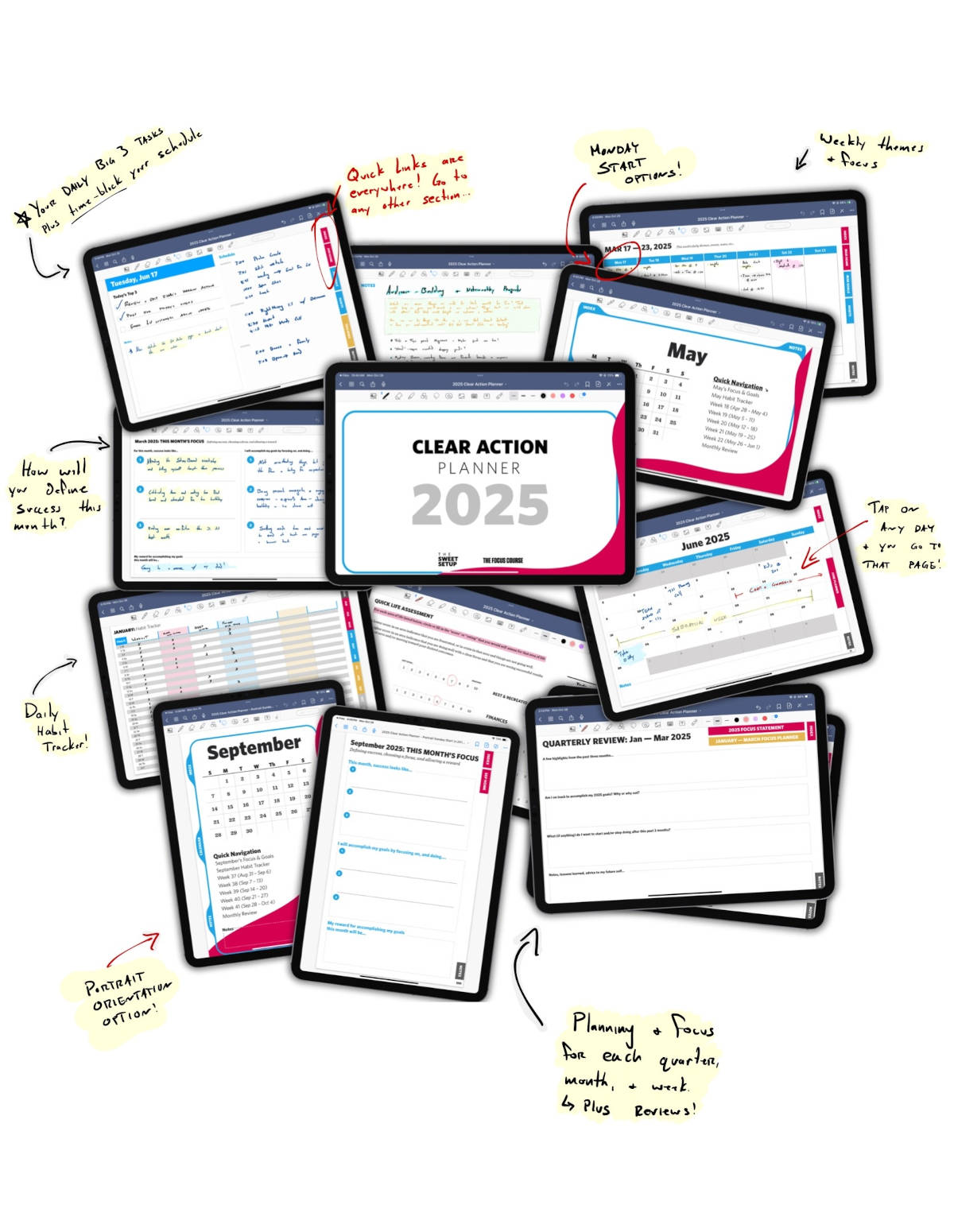


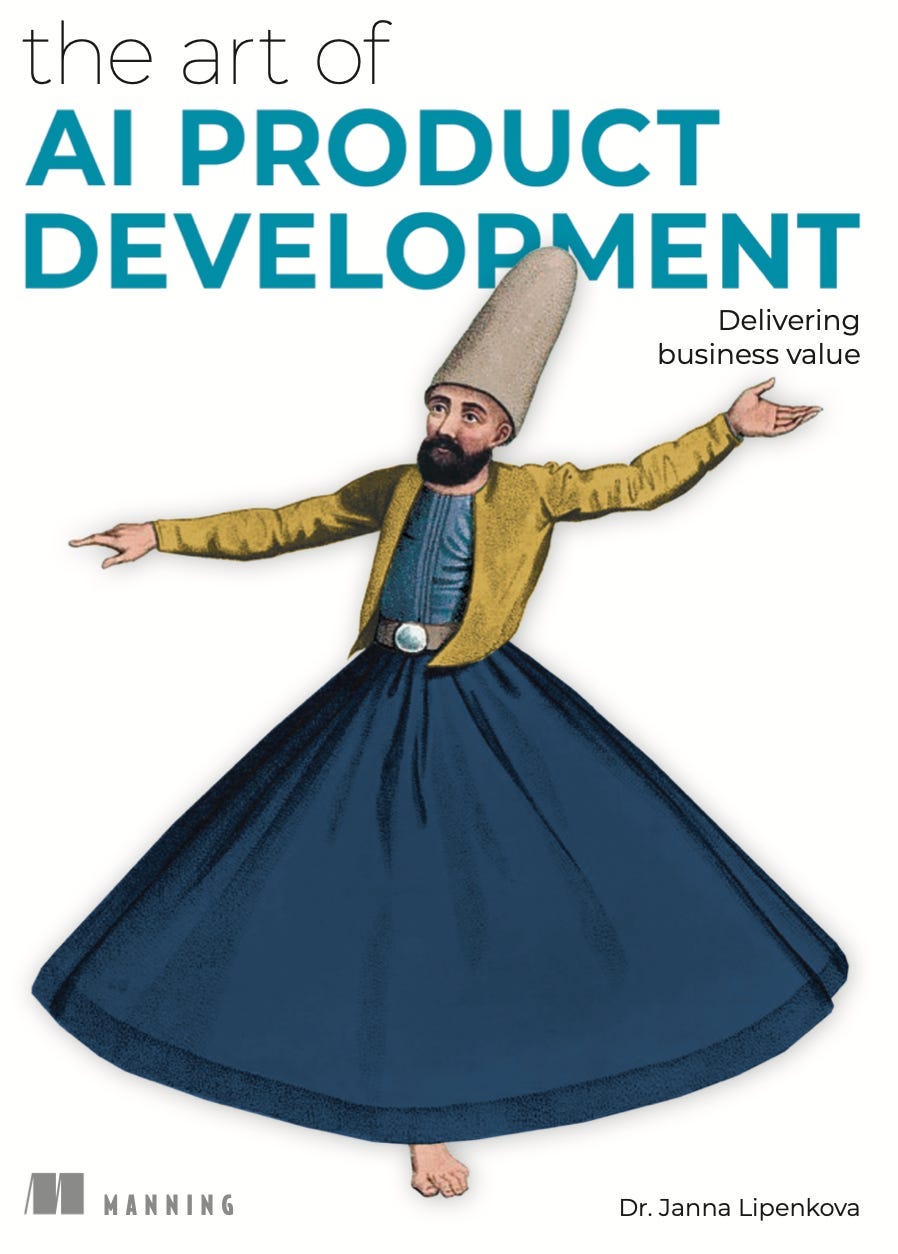

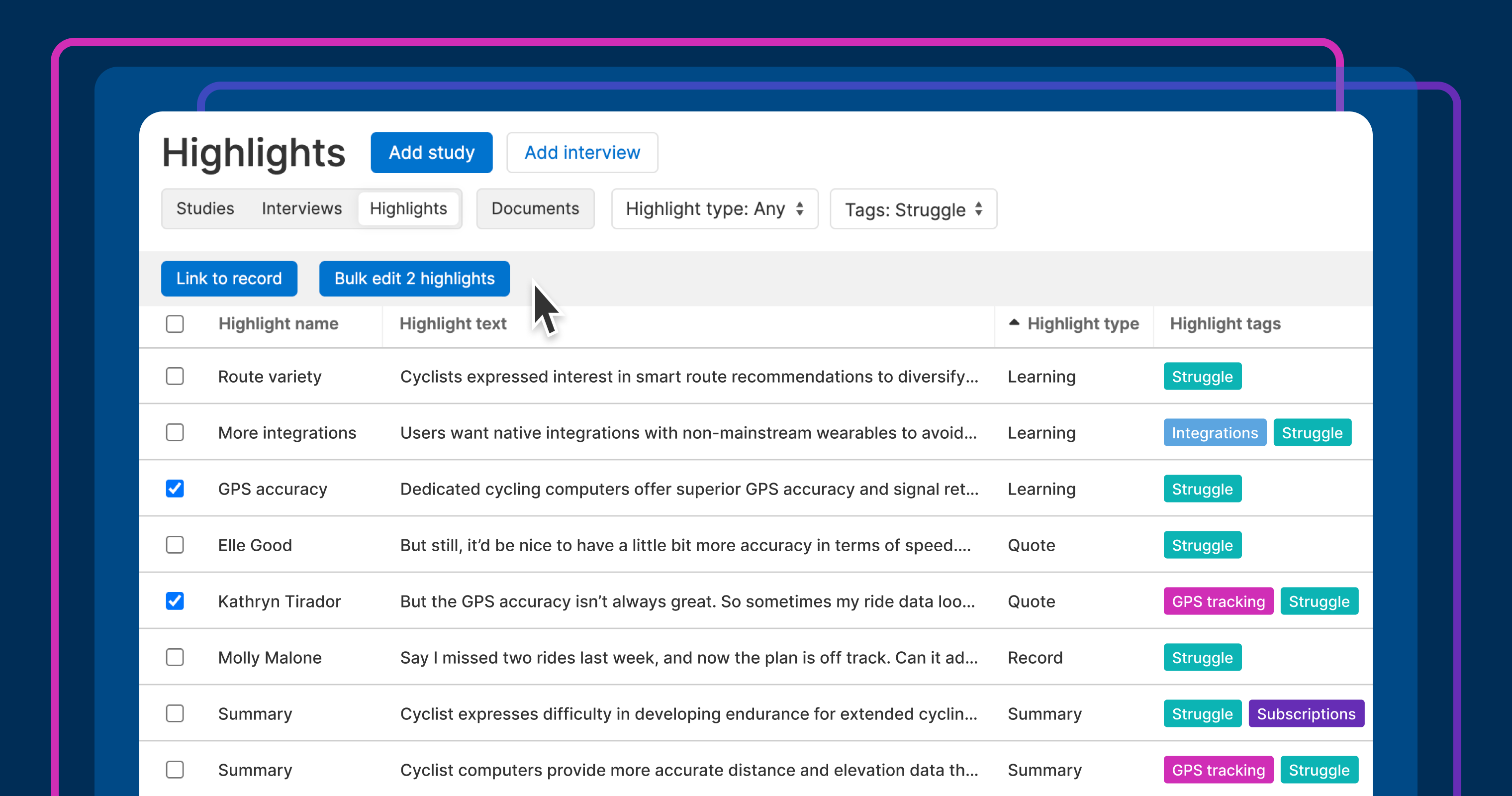


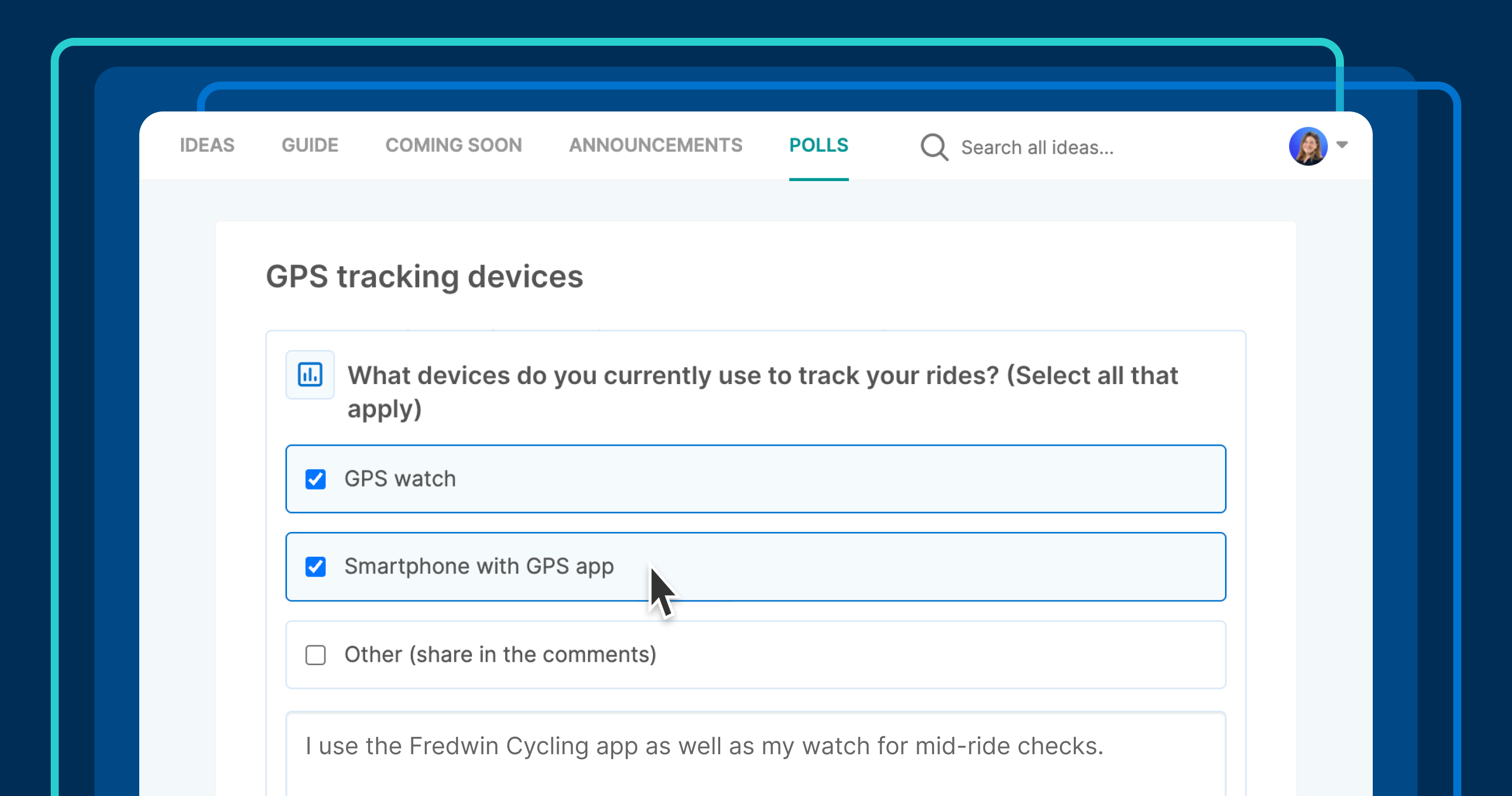




















![Building A Digital PR Strategy: 10 Essential Steps for Beginners [With Examples]](https://buzzsumo.com/wp-content/uploads/2023/09/Building-A-Digital-PR-Strategy-10-Essential-Steps-for-Beginners-With-Examples-bblog-masthead.jpg)














